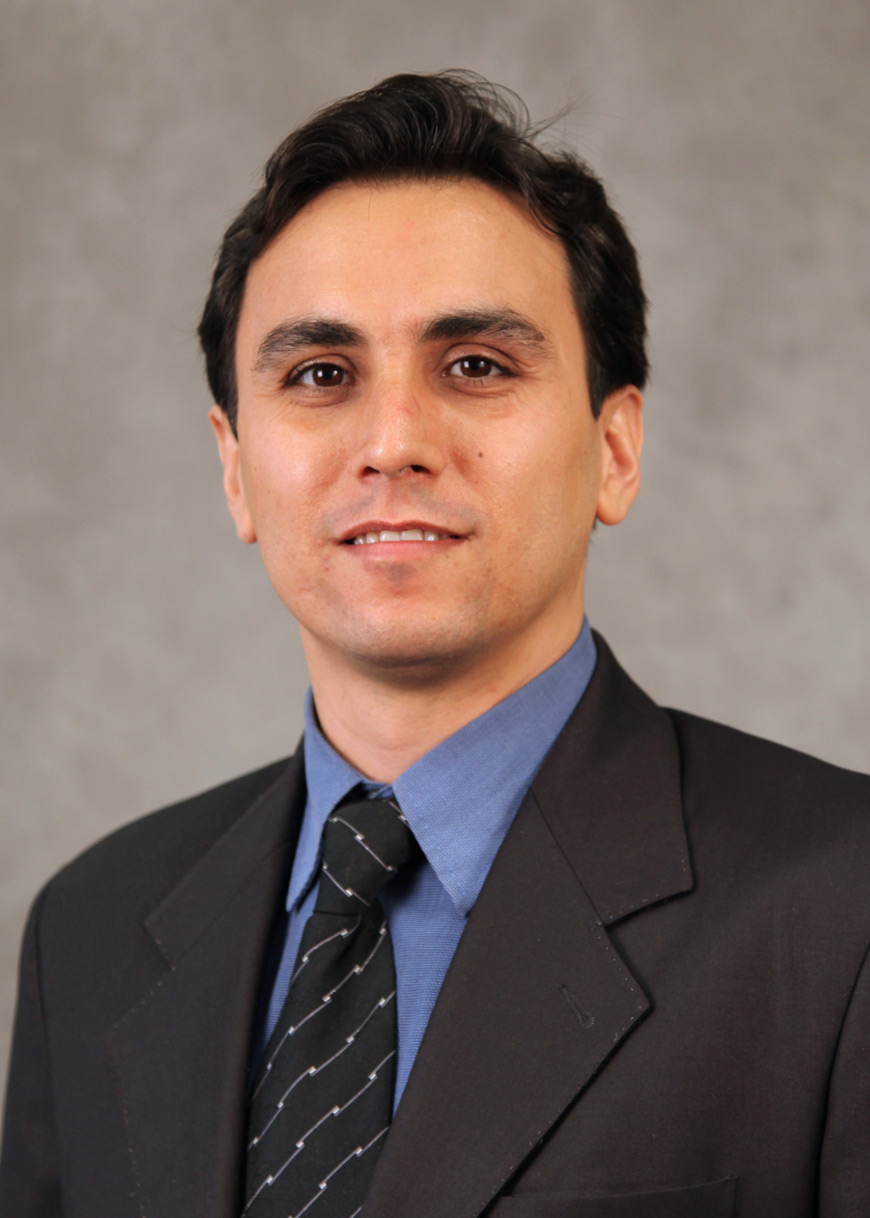MSU’s Vahedifard examines ‘Lessons from the Oroville dam’ in Science
Contact: Allison Matthews

STARKVILLE, Miss.—A letter in Science magazine from a Mississippi State faculty member is examining lessons gleaned from the recent Oroville dam incident in California.
The letter in the March 17 issue of Science says recent incidents, including a massive hole in the dam’s primary spillway and excessive erosion in the emergency spillway, along with a levee breach near Manteca, “clearly demonstrate how extreme events, land-cover and land-use changes, and the emerging climatic changes can threaten the integrity of our aging dams and levees.”
Farshid Vahedifard, an MSU Bagley College of Engineering assistant professor of civil and environmental engineering, penned the letter, along with MSU doctoral student Shahriar Shahrokhabadi and civil and environmental engineering colleagues from the University of California, Irvine, including Amir AghaKouchak, Elisa Ragno and Iman Mallakpour.
The letter in Science notes that the Oroville dam incident occurred when the wettest year on record (as of mid-rainy season) followed a record-setting five-year drought. The authors assert, “We need to reevaluate failure probability of all major dams and levees under multi-hazard scenarios. Ignoring the underlying relationships between multiple events can lead to underestimation of extreme events and their impacts.”
The nation’s dams and levees received a grade of “D” in the American Society of Civil Engineers’ 2017 report card on national infrastructure, meaning they are in poor to fair condition and mostly below standard, with many components near the end of their service life.
Vahedifard studies how a variety of hazardous conditions, including droughts, heavy rainfall, high temperatures, high levels of air moisture and other natural conditions may affect critical infrastructure, including levees and dams. However, his research interests also include how urban development and other anthropogenic activities may intensify the impact of natural hazards on various infrastructure and increase the likelihood of damage during climatic events.
“These are very important issues that need to be studied closely so that we can begin to close the gap in our understanding in terms of uncertainty in climatic extremes under a changing climate and their impacts on the resilience of infrastructure. We should incorporate research findings into engineering practice for evaluating existing infrastructure, as well as planning and designing future infrastructure,” Vahedifard said.
Vahedifard, principal investigator of a $212,000 National Science Foundation grant, is leading a three-year collaborative and interdisciplinary research project to quantitatively assess the performance of critical geotechnical infrastructure, including natural and engineered earth structures like levees, to climatic extremes and natural hazards under current and changing climatic conditions. The outcome is expected to increase understanding about the resilience and reliability of infrastructure under current climate trends.
MSU is Mississippi’s leading university, available online at www.msstate.edu.